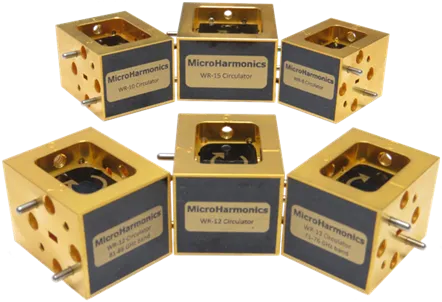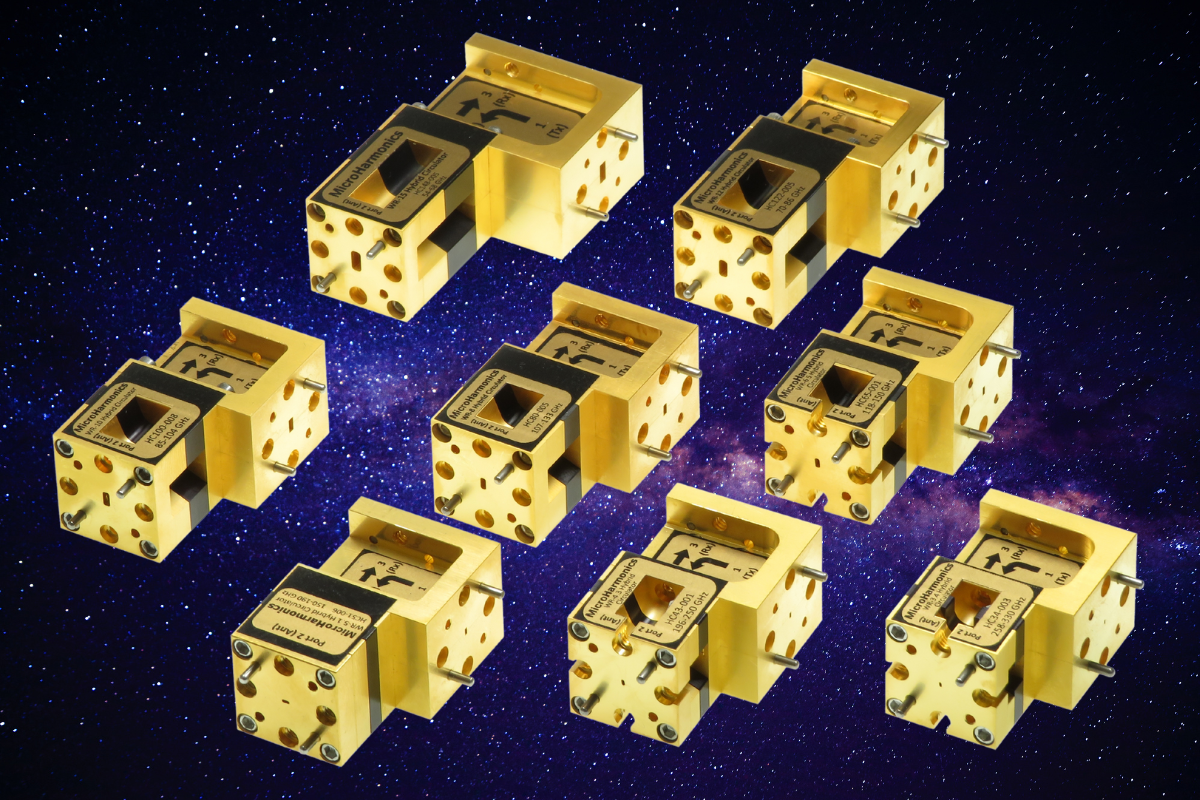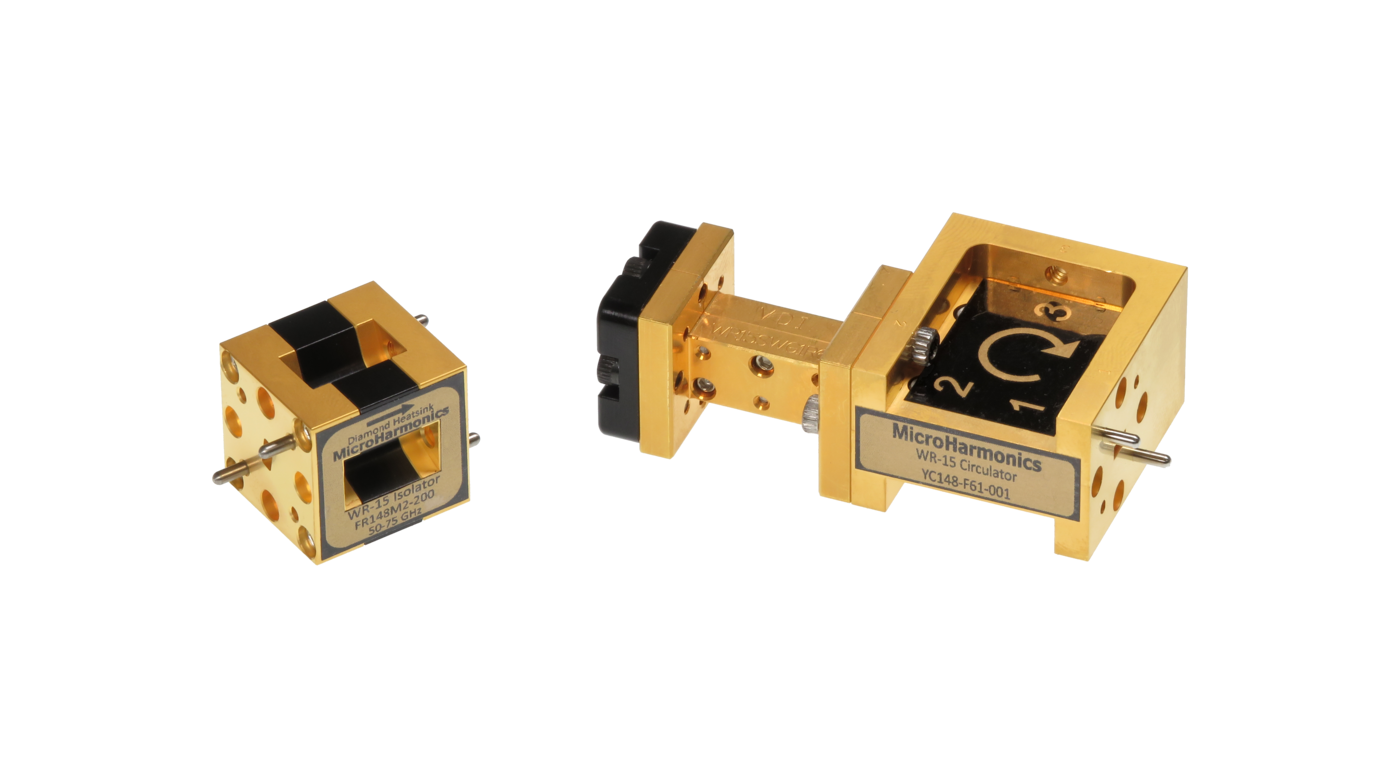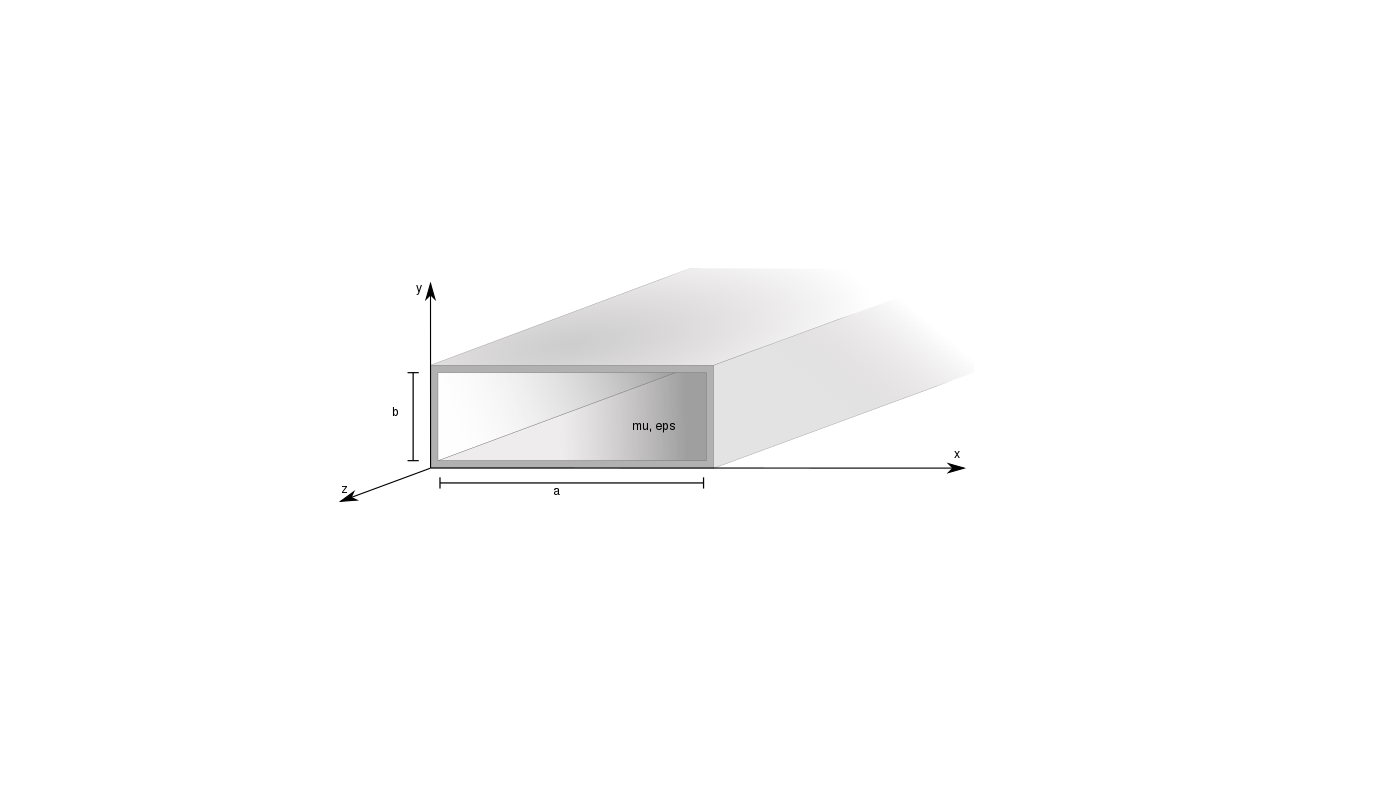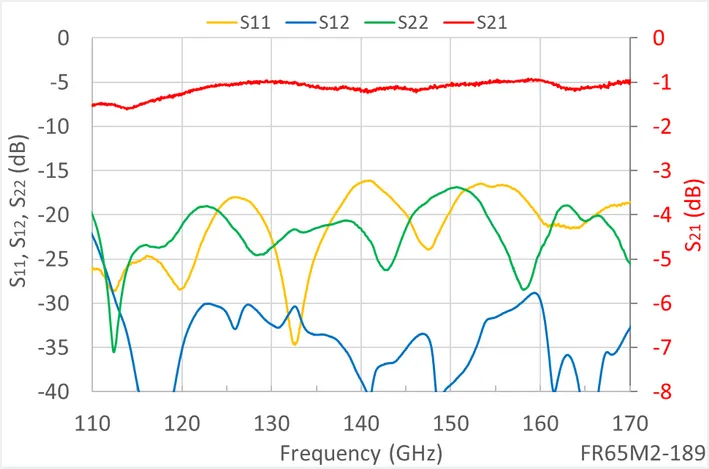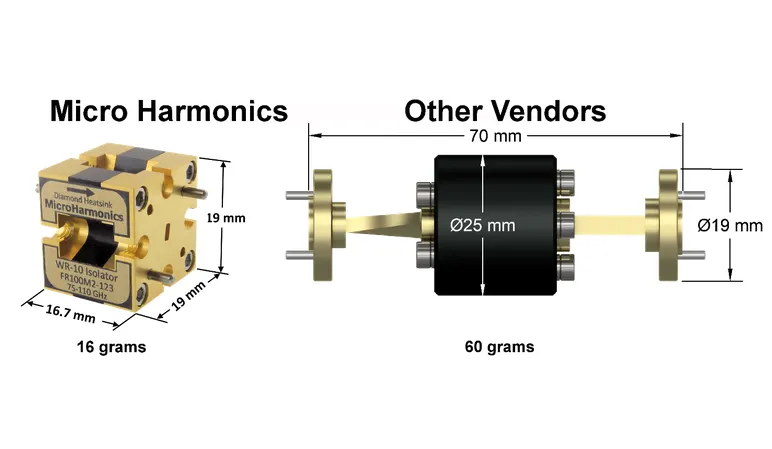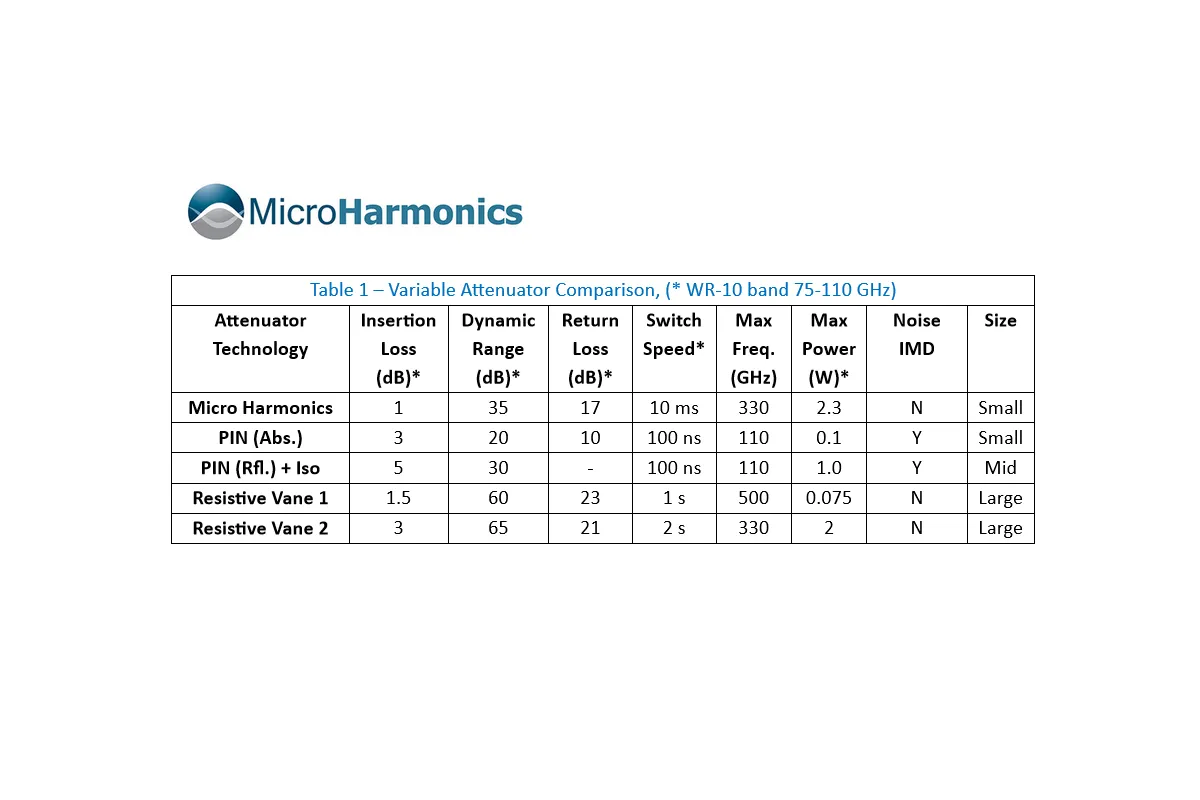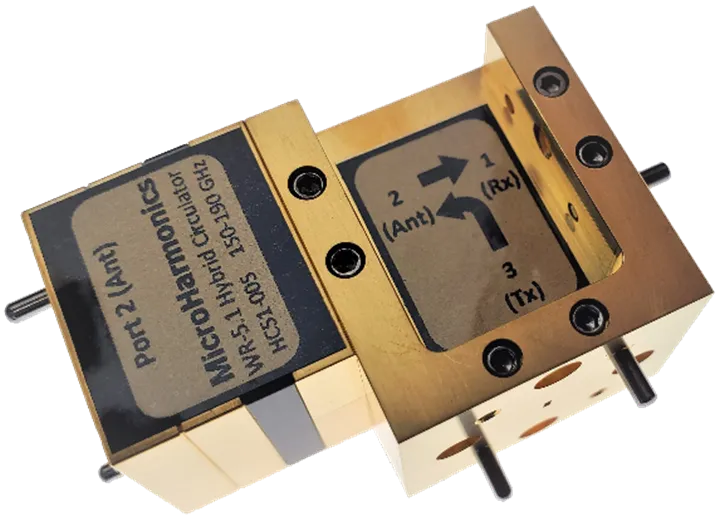Why Are Y-Junction Circulators Difficult to Find Above 100 Ghz
RankinPR12024-03-29T15:31:39+00:00Why Are Y-Junction Circulators Difficult to Find Above 100 GHz Y-junction circulators are used to direct signal flow in millimeter-wave (MMW) transmit and receive systems. At the heart of the device is a ferrite core located at the junction of three waveguides. The magnetically biased ferrite is non-reciprocal which gives rise to the unique circulator [...]

